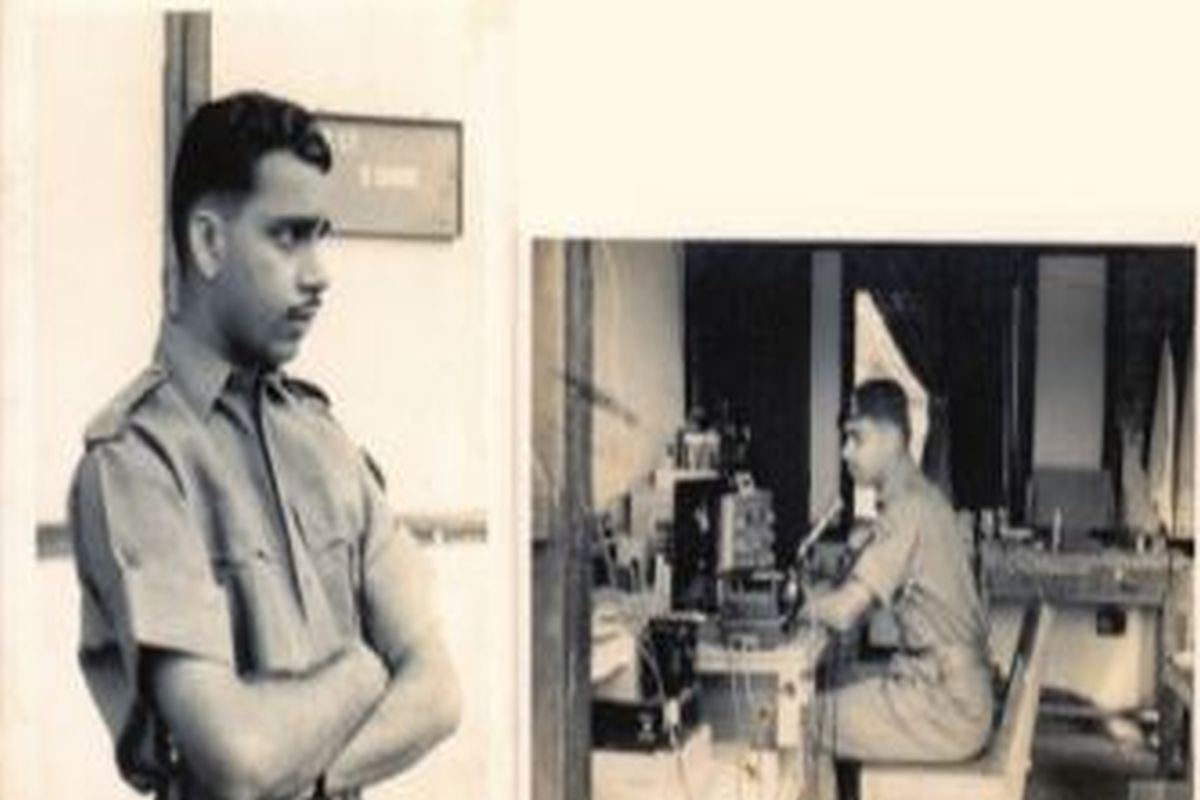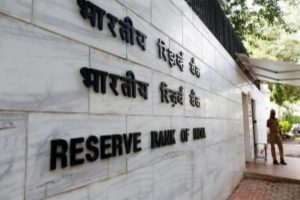If one meets Saibal Ghose, who leads a retired life in Siliguri, one will be enlightened by some unparalleled accomplishments and experiences that he has been witness to for more than six decades.
His remarkable tale describes bewitching trysts involving more than one endeavour. It begins in Burma during World War II when his father, Flying Officer SC Ghose was with the Royal Air Force (Signals) as a vital member of radio communications in Rangoon.
Advertisement
It also included the Japanese assault, which resulted in SC Ghose, with a young Saibal, moving to another airbase. This Flying Officer’s special responsibility entailed maintaining communications with Allied airplanes, which meant that he always had his radio set nearby.
When they were evacuated after the Japanese assault, the family lost all they possessed. But Saibal’s father held on to his radio, which he dismantled after the family were safely moved to India.
However, when SC Ghose was still on duty, he was left to fend for himself in Rangoon because the RAF disappeared. He embarked on an arduous and courageous trek to India, via Assam.
The trek resonates John Silby’s novel, You ll Walk To Mandalay, which described the Burma retreat in 1942 when the country was under fire from the Japanese.
It was a similar backdrop when SC Ghose “had to walk to Assam”, to finally arrive at Margherita where he was rescued by an American doctor in charge of a base hospital. Squadron Leader (Acting Wing Commander) SC Ghose served with the RAF and subsequently with the Indian Air Force from 1939 to 1969.
When World War II ended, Saibal’s father’s duties continued in an Air Force Station at Bangalore. This was when Saibal, as a child, began his propitious tryst with radio communications. His father took him around the W/T Cabin, which was replete with radio receivers and Morse keys, controlled by wireless operators while wearing headphones.
It was his early experience of being fitted with a headphone and communicating with a person a distance away. “I loved it and the experience gripped me,” Saibal recalls.
In 1951, when they were at Barrackpore’s Air Force Station, Saibal’s father inspired him to make his first radio with two additional valves and that enabled him to hear transmissions to far away locations. This radio won Saibal an award in school.
At 20 years of age, Saibal was offered his first job as a technical assistant at the Defence Research and Development Organisation, which unfortunately did not enable him to leave for England. He had wished to reinforce his academics with radio operations but realised the plan could not crystallise, so he aligned his focus on another career — tea.
Saibal joined Macneill& Barry and the tea company valued his background in the Armed Forces, going back to the 1940s, when his father was part of the RAF. He stood out as a disciplined, well-spoken and focused individual. His superiors were impressed by his profound knowledge of machinery in a tea factory and we may assume that his aptitude for engineering was due to his passion for radio and wireless mechanics.
Saibal’s dynamic interest for radio communication brought him one more accomplishment. He took over a Ham Radio set, VU2SO, which enables amateur radio operators, with Ham Radios, to communicate with each other across the world. It was not a simple endeavour because he had to qualify for the mandatory tests conducted and certified by the Ministry of Communications, which bestowed him with another accolade in 1959.
Saibal attained the highest grade licence, which was initially verified by the Police Department since this level of communication is viewed as sensitive. His call sign to any receiver in the world has the identity, “VU2SO”, with the license number, 256.
Saibal personally set up the transmitter and antennae and began communicating “live” on the first day of 1960, thus creating history as a tea planter in the almost two century old tea industry of India by communicating from his Ham Radio, at a tea estate in Assam, with a Ham Radio member in another country. He communicates on this radio till now.
I was privileged one evening, in 1984, when I visited him at a tea garden in Boroi to listen to a conversation conducted from his radio with a member in Malaysia. Visitors will be intrigued by one more item as one enters Saibal and his wife Chaitali’s home.
They will be greeted with a gleaming black Triumph Mayflower 1951 model vintage car (in the photo below) which he bought in Assam, in the mid-1980s. Saibal Ghose, in an exemplary manner, has glorified all that life has offered and the narrative is exemplified by one word — extraordinary.











